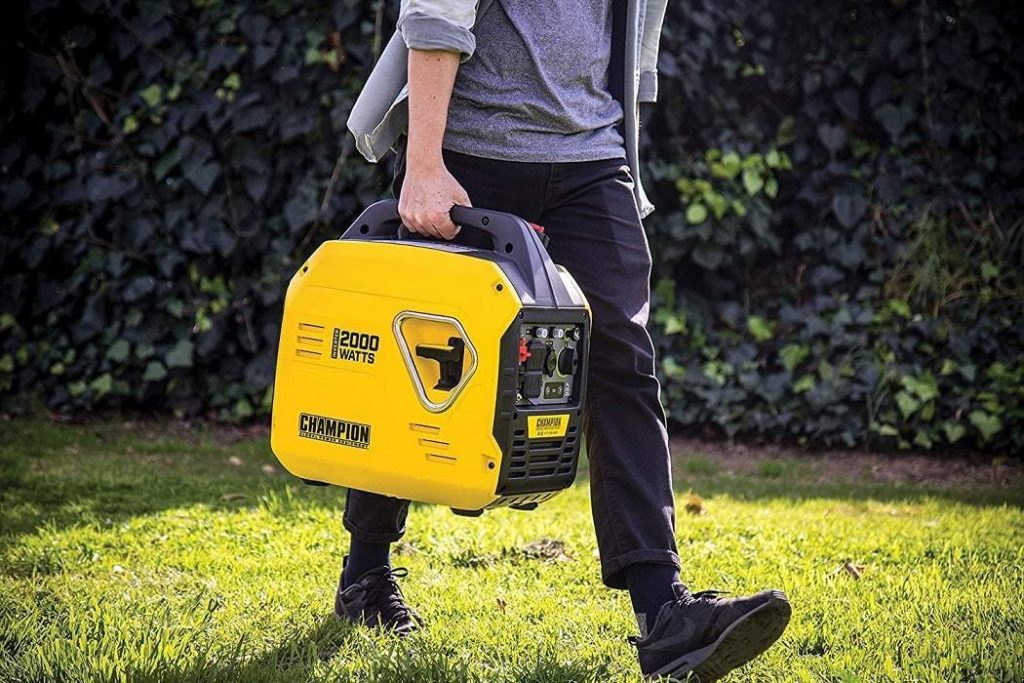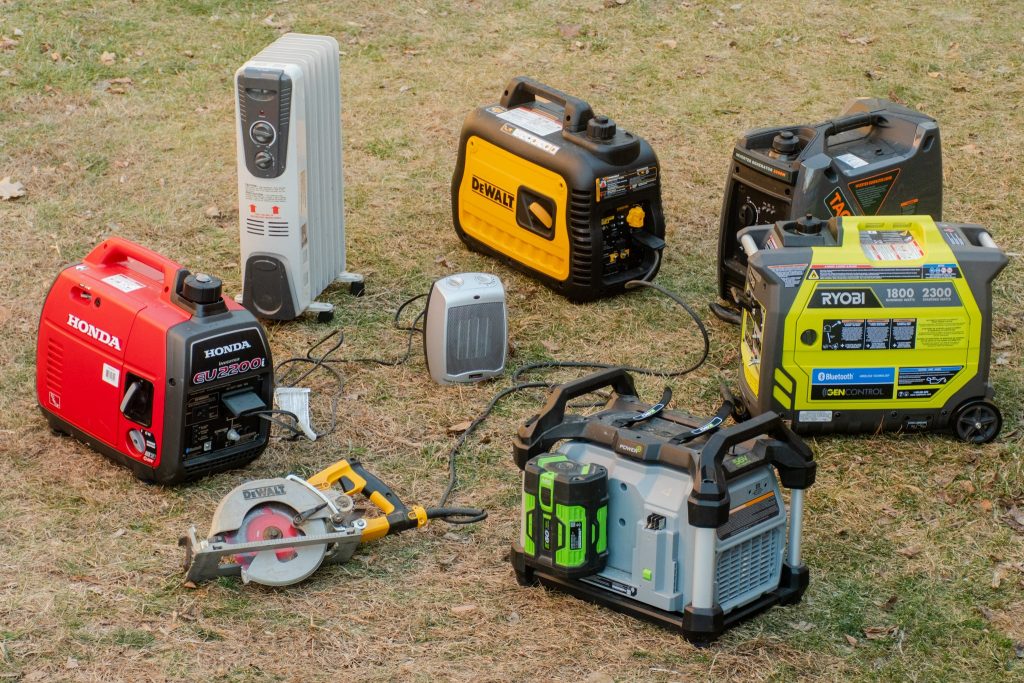Generator: Everything to Know About It

Generators are functional appliances that provide electricity when the power goes out and keep daily activities or business operations from stopping. Generators can have different electrical and physical setups for other tasks.
In the following sections, we’ll look at how a generator works, its main parts, and how it works as a backup source of electricity in homes and businesses:
Table of Contents
Generator Maintenance:
Taking care of a portable generator or an inverter generator that runs on gasoline or diesel is similar to taking care of a lawnmower or a snow blower. Follow the manufacturer’s instructions for when to do each task, but some typical charges are:

- Seeing how much gas and oil there is
- Taking a look at the air filter
- Putting nuts and bolts back on
- Getting rid of any junk that has built up
On top of that, if the generator has ground fault circuit interrupter (GFCI) outlets, you should test them regularly, as directed by the manufacturer. GFCI testers are helpful tools.
Some models also have batteries that can be charged while the generator runs. A trickle charger or battery maintainer can help recharge the generator if it doesn’t run often.
Types of Generators:
Generators come in three main types: portable, inverter, and standby. Portable and inverter generators can power tools and appliances on the job site. Please choose the right size based on the running wattage of the things you want to connect to them and the starting surge wattage.
1. Portable Generator:
The following are some things you should know about regular portable generators:
- Most are powered by gasoline, but some use diesel fuel or hybrids of gasoline and liquid propane or gasoline, liquid propane, and natural gas.
- Half-load run times can be as long as 32 hours, but most are between 8 and 15 hours.
- Most can run on either 120 or 240 volts.
- They are usually made to last in harsh conditions.

2. Inverter Generator:
Here are some things that most inverter generators have in common:
- Almost all of them run on gasoline.
- Most models can only power 120-volt outlets, so they are usually used to power smaller or more sensitive electronics than regular portable generators.
- Because the engine speed changes based on how much power is needed, they use less energy than regular portable generators.
- They are smaller and lighter than portable generators and can fit in a car, boat, or RV.
- Special inverter generators also run on batteries and can power corded toolsets.
3. Standby Generator:
A standby generator is an electrical system with a switch telling it to turn on automatically when the power goes out at a building.
The following are some things to keep in mind about these kinds of generators:
- They run on diesel fuel, liquid propane, natural gas, or a mix of these things.
- They can’t be moved because they are fixed in place.
- Single-phase models can power systems in homes or businesses, while three-phase models can power systems in factories.
- Some models have a smartphone app that lets users check the status of their standby generator from afar.
- Many will do automatic self-tests once a week to make sure they will work right if the power goes out.
- The National Fire Protection Association sets standards for how buildings and facilities’ standby power systems must work.
Conclusion:
A generator is a piece of equipment that changes mechanical energy from an outside source into electrical power. So, search for better quality generators to keep your equipment running, even during power cut hours.





